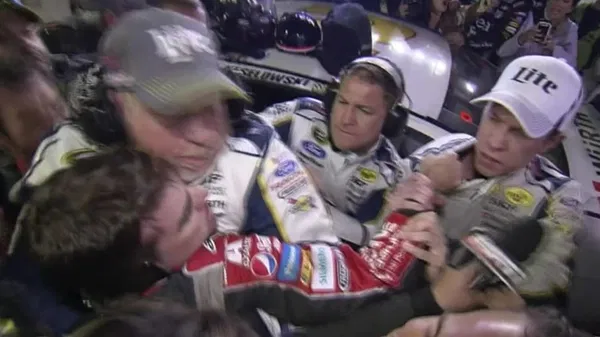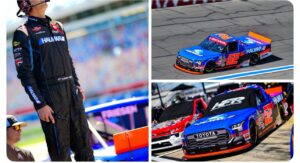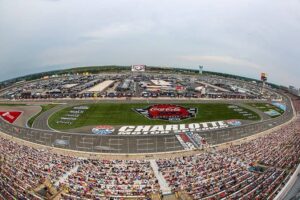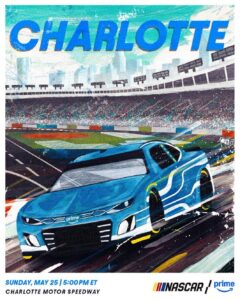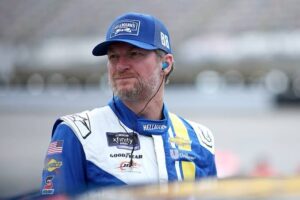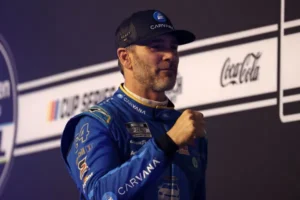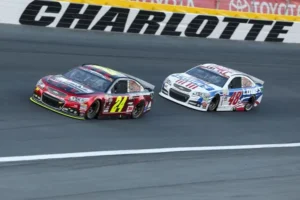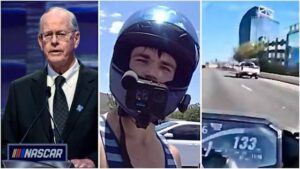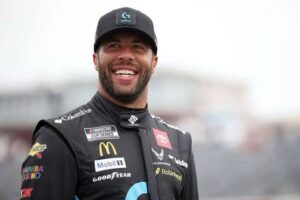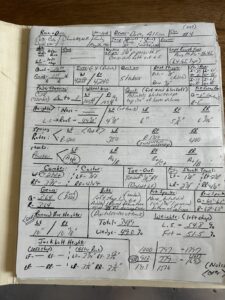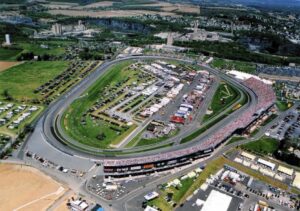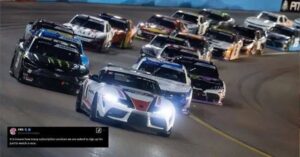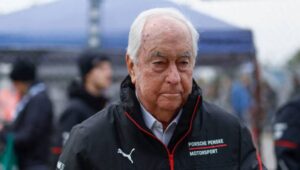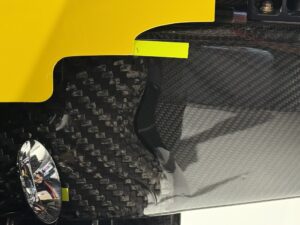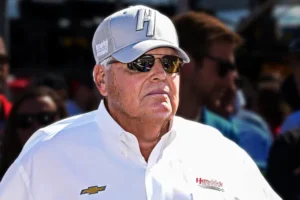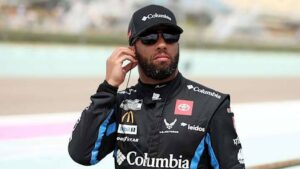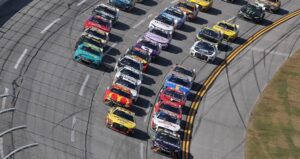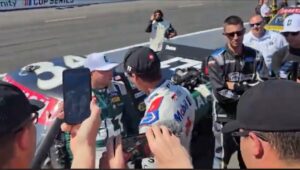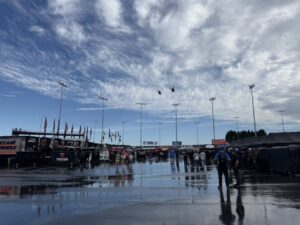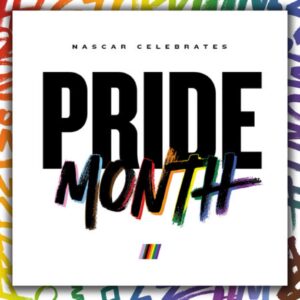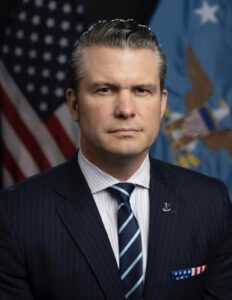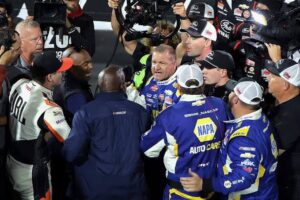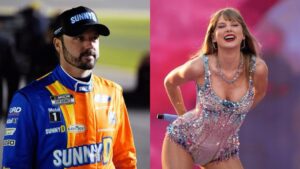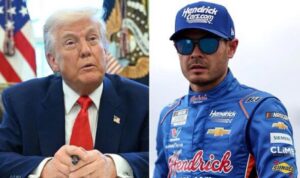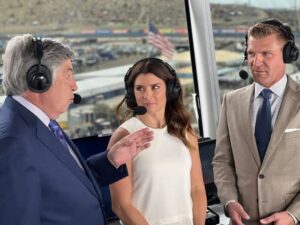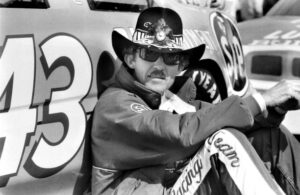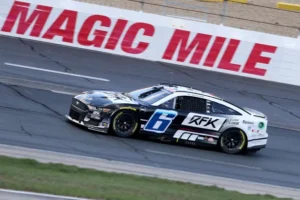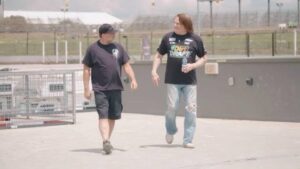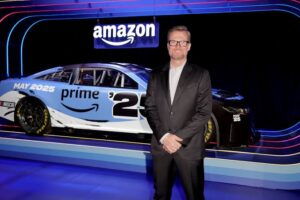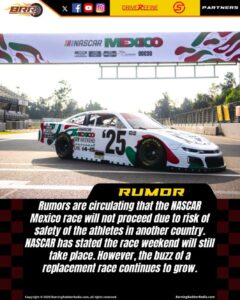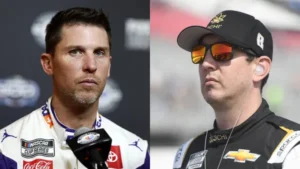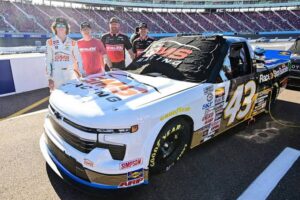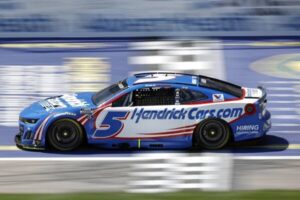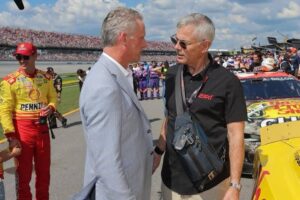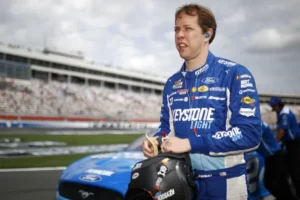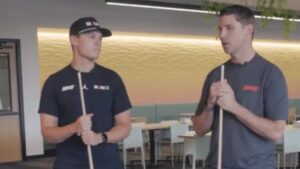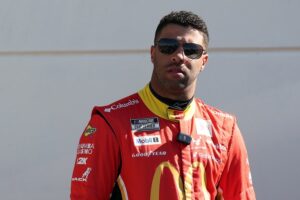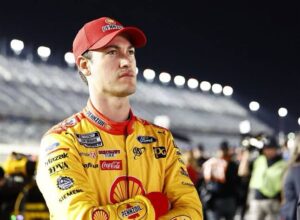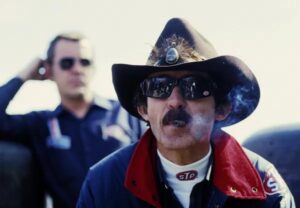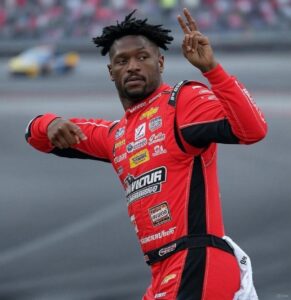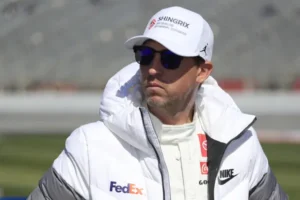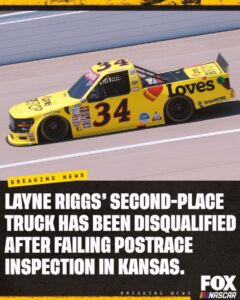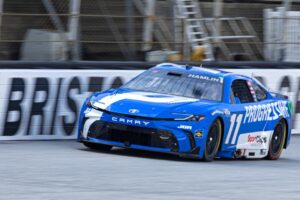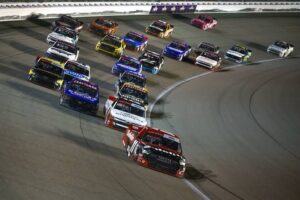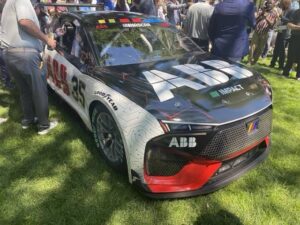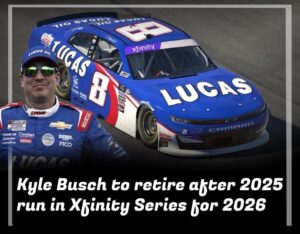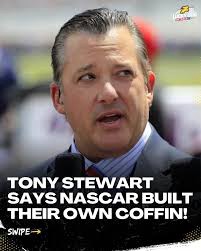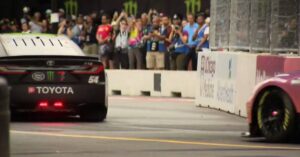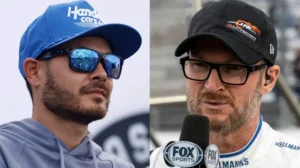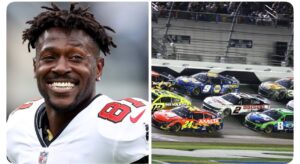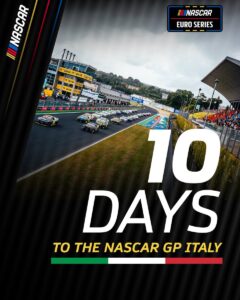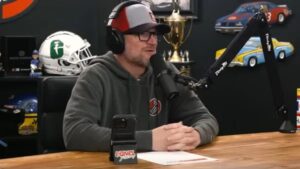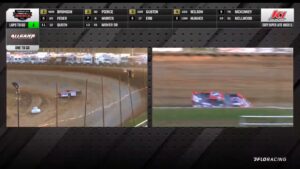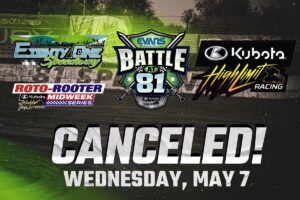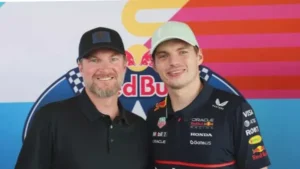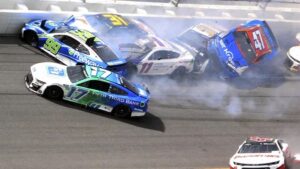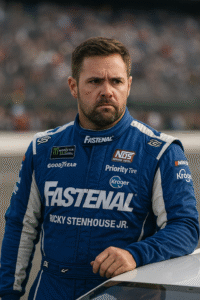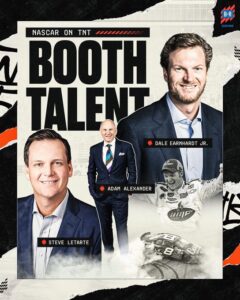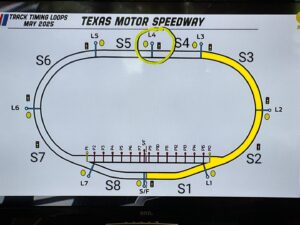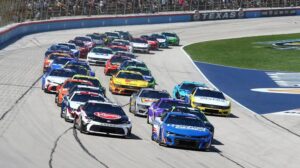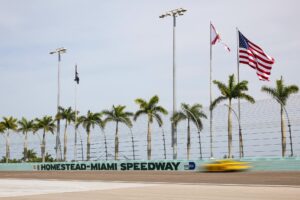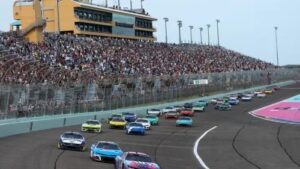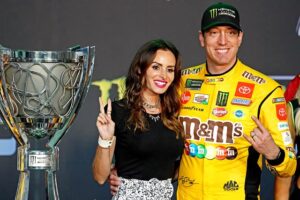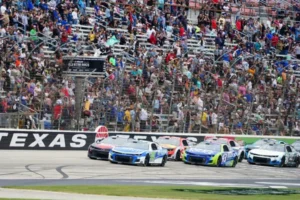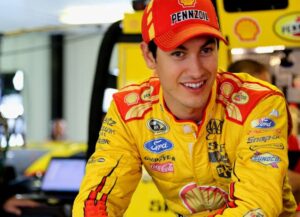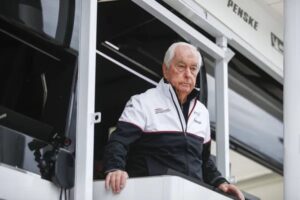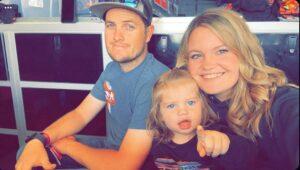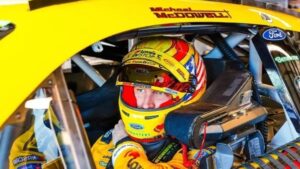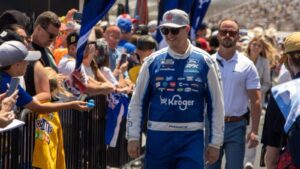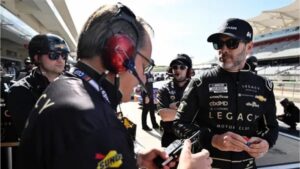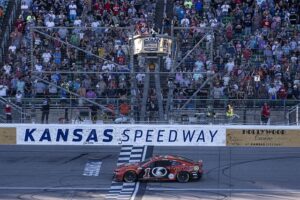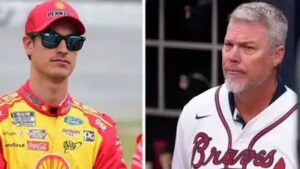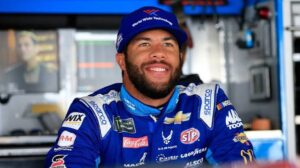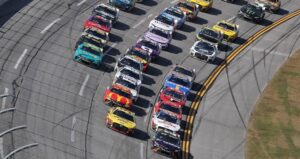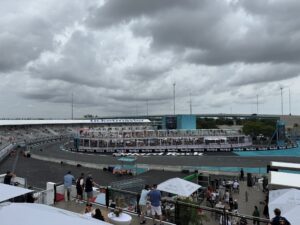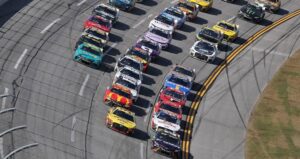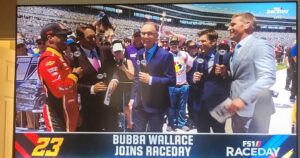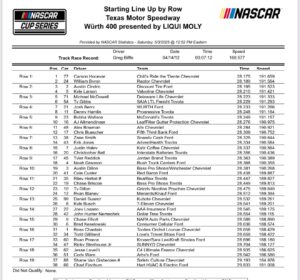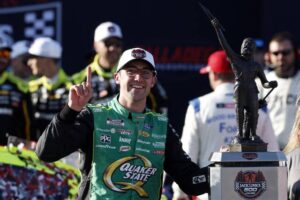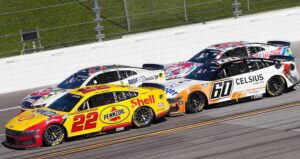Texas Riot: Jeff Gordon’s Fury Unleashed by Kevin Harvick, Sparking NASCAR’s Most Iconic Brawl
The 2014 AAA Texas 500 at Texas Motor Speedway remains etched in NASCAR history not only for its high-stakes playoff drama but also for the explosive post-race brawl between Jeff Gordon, Brad Keselowski, and Kevin Harvick—a moment that epitomized raw emotion, rivalry, and calculated gamesmanship.
The Backstory: A Playoff Powder Keg
The incident unfolded during NASCAR’s inaugural elimination-style playoffs, the Chase for the Sprint Cup. Gordon, a four-time champion, and Keselowski, the 2012 titleholder, were locked in a fierce battle for a spot in the Championship 4. On a late restart, Keselowski attempted to squeeze between Gordon and Jimmie Johnson, closing the gap and colliding with Gordon’s No. 24 Chevrolet. The contact cut Gordon’s tire, sending him spinning and relegating him to a 29th-place finish, while Keselowski salvaged third.
The stakes were monumental: Gordon’s championship hopes hung by a thread, while Keselowski’s aggressive move drew ire. Post-race, tensions boiled over as Gordon sought confrontation on pit road.
The Spark: Harvick’s Calculated Nudge
Kevin Harvick, a seasoned competitor and mastermind of mind games, played a pivotal role in escalating the conflict. As Gordon approached Keselowski, Harvick—walking past the scene—gave Keselowski a shove toward Gordon, later admitting it was a “calculated moment” to redirect media scrutiny away from his own playoff struggles.
Harvick’s sly intervention ignited chaos. Gordon grabbed Keselowski’s firesuit collar, and crews from both teams surged into the fray. The brawl sprawled across pit road, with punches thrown, helmets swung, and crew members tangled in the melee.
Aftermath: Penalties and Controversy
- Crew Members Bear the Brunt: NASCAR suspended four crew members (including Jeff Gordon’s tire changer) and fined crew chiefs, but drivers escaped penalties. Critics argued the decision prioritized entertainment over discipline.
- Harvick’s Redemption: The incident ironically worked in Harvick’s favor. By shifting attention to the Gordon-Keselowski feud, he advanced to the Championship 4 and clinched his first Cup Series title.
- Safety Concerns: The involvement of crew members drew backlash, with calls for stricter rules to prevent dangerous mob scenarios.
Legacy: A Defining Moment in NASCAR Culture
The brawl became a cultural touchstone, symbolizing NASCAR’s blend of competition and theatrics. Fans and analysts often contrast the 2014 season’s intensity with modern racing’s perceived decline in rivalries. Harvick’s candid 2024 admission—calling his actions “juvenile” but effective—underscored the strategic ruthlessness of playoff racing.
Why It Still Resonates
- Unfiltered Emotion: Gordon’s rage and Keselowski’s defiance showcased drivers’ passion, a rarity in today’s more sanitized era.
- Harvick’s Gamesmanship: The incident highlighted psychological tactics in motorsport, where mind games can rival on-track skill.
- NASCAR’s Balancing Act: The league’s leniency toward drivers contrasted with penalties for crews, sparking debates about accountability and spectacle.
In retrospect, the Texas brawl remains a testament to NASCAR’s golden age of drama—a moment where fury, strategy, and legacy collided, leaving an indelible mark on the sport’s history.
